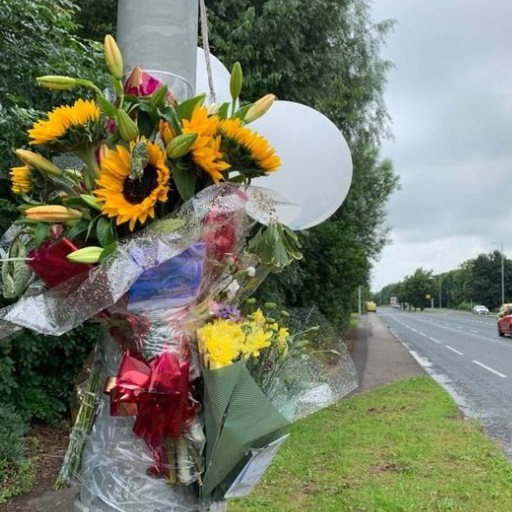The Importance of Memorial Services in East Asian Culture
Memorial services are an essential part of East Asian culture, deeply rooted in the values of family, respect, and spirituality. Unlike Western traditions that often focus solely on mourning, East Asian memorials emphasize honoring ancestors and maintaining a connection with them even after death. Many families believe that their loved ones’ spirits continue to exist and can influence the living, making it important to offer respect and care through regular rituals.
Religious and philosophical influences play a significant role in these traditions. Buddhism, Confucianism, and Taoism all shape the ways in which families remember and honor their ancestors. Through memorial services, people express gratitude, seek blessings, and reaffirm their place in a long lineage of family history. These practices not only strengthen family bonds but also create a sense of continuity between generations.
Key Memorial Traditions Across East Asia
Different countries in East Asia observe unique customs when it comes to remembering the deceased. However, many of these traditions share similar themes of ancestral veneration, spiritual offerings, and communal gatherings.
- China: The Qingming Festival, also known as Tomb-Sweeping Day, is one of the most important memorial traditions in China. Families visit cemeteries, clean the graves, and present offerings such as food, flowers, and incense. The Hungry Ghost Festival, another major event, involves making offerings to wandering spirits to ensure they are at peace.
- Japan: The Obon Festival is a time when it is believed that ancestors return to visit the living. Families light lanterns, visit graves, and participate in Bon Odori dances to honor the spirits. Buddhist memorial services, known as hōyō, are also held at specific intervals after a person’s passing.
- Korea: Jesa is an ancestral rite performed on the anniversary of an ancestor’s death. Families set up an altar with special food offerings and conduct a ceremonial bowing ritual. Chuseok, Korea’s harvest festival, also includes memorial traditions where families visit ancestral tombs.
- Vietnam: Lễ Cúng Giỗ, or death anniversaries, are observed with family gatherings, food offerings, and prayers. The Vu Lan Festival, similar to the Hungry Ghost Festival, is a time to honor ancestors and seek their blessings.
Despite regional variations, these traditions all reflect the importance of remembering and caring for ancestors as a way of maintaining familial and spiritual harmony.
Rituals and Symbolism in East Asian Memorial Services
Memorial services in East Asia are rich in symbolism and rituals that express respect for the deceased. Some of the most common elements include:
- Ancestral altars and offerings: Many households maintain an ancestral altar with photographs, incense, and offerings such as fruit, tea, and traditional dishes. These offerings symbolize gratitude and ensure that ancestors’ spirits are nourished in the afterlife.
- Grave visits and tomb maintenance: Keeping ancestral graves clean and well-maintained is a way of showing care and reverence. Families often visit cemeteries during special festivals to clean the tombstones and place fresh flowers.
- Burning paper money and symbolic items: In many cultures, people burn joss paper, representing money or material goods, so that their ancestors can receive these items in the afterlife.
- Lanterns and light rituals: In Japan’s Obon Festival, floating lanterns are released to guide ancestral spirits back to the afterlife, symbolizing peace and remembrance.
- Communal meals and gatherings: Food plays a significant role in memorial traditions, as families come together to share meals in honor of their ancestors. This reinforces the idea that the deceased remain a vital part of the family.
These rituals not only pay tribute to those who have passed away but also strengthen the connection between the living and the spiritual world.
Modern Changes and the Future of Memorial Traditions
As East Asian societies modernize, traditional memorial customs are evolving. Urbanization, busy work schedules, and changing family structures have led to adaptations in how people honor their ancestors.
One major shift is the rise of digital memorials. Many families now create online tribute pages or participate in virtual ceremonies, making it easier for relatives living abroad to take part in ancestral rituals. Some cemeteries also offer QR codes on tombstones, allowing visitors to access digital biographies and photos of the deceased.
Additionally, environmental concerns are shaping funeral practices. With limited burial space in cities, more families are choosing cremation and alternative burial methods, such as tree burials or scattering ashes in designated memorial gardens. Some temples and cemeteries provide electronic altars where people can leave virtual offerings.
Despite these changes, the core values of East Asian memorial traditions remain strong. Families continue to seek ways to balance ancient customs with modern life, ensuring that respect for ancestors remains an integral part of their culture.
Keeping Memorial Traditions Alive
Honoring ancestors is more than just a ritual—it is a way of preserving family history and cultural identity. By participating in memorial traditions, people strengthen their connection to the past and ensure that their heritage is passed down to future generations.
For those unfamiliar with East Asian memorial customs, learning about these traditions can provide a deeper appreciation for the values of respect, remembrance, and spirituality. Whether by visiting a memorial site, attending a cultural event, or sharing stories of ancestors, everyone can find meaningful ways to keep these traditions alive.
Have you ever experienced an East Asian memorial ceremony? Share your thoughts in the comments or explore related articles to learn more about cultural traditions from around the world.


